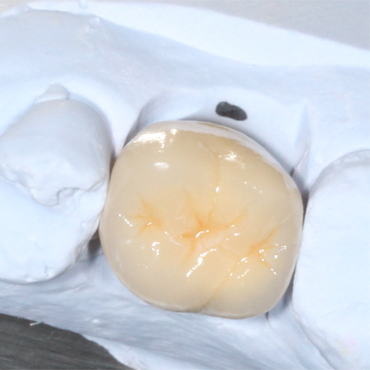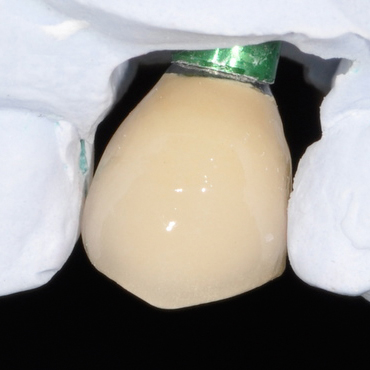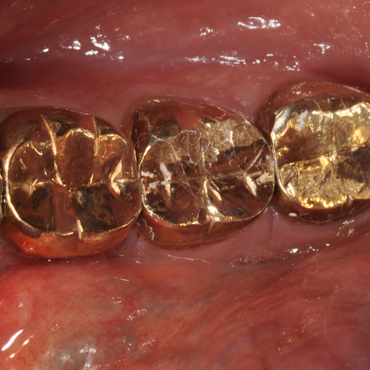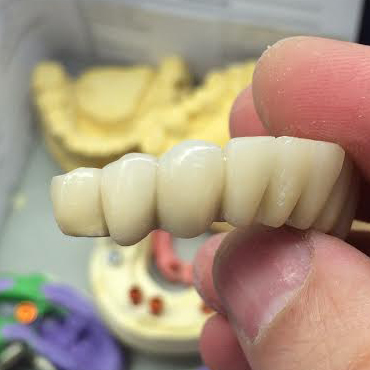
Win an ipad mini
14/03/2013Dental Fillings: Understanding the Benefits of Different Kinds
13/10/2013TYPES OF DENTAL CROWNS
When dental crowns are made in the laboratory, lab technicians have different options to choose from. Depending on the patient’s needs and dentist’s instructions, a specific type of dental crown is prepared.
To help patients understand how some dental crowns are different from others, here’s an insight into the different types of dental crowns and the benefits they carry.

Crowns Made Solely From Metals
All-metal crowns are dental crowns that are completely prepared from metal. Usually, such dental crowns are made out of “gold alloy”. However, other kinds of alloys can also be used to fabricate the crown, especially silver-colored metals.
Gold dental crowns are a popular choice because of the many advantages associated with their use. The most important benefit of gold crowns is that they have a long life. Since all-metal crowns are extremely strong, they are good at withstanding heavy chewing and biting pressure.
Another benefit of gold crowns is that they tend to wear at the same rate as tooth enamel. Also, these crowns are preferred by many dentists because they’re easy to work with. Typically, gold alloys are workable metals with constructive physical properties, which is useful in ensuring an accurate crown-to-tooth fit.

Crowns Made Solely From Porcelain
Also known as all-ceramic crowns, these dental crowns are fabricated in a way that their total thickness is porcelain and in some cases, it can be some other sort of ceramic. While these crowns have been in use for decades, technological advancements have now given the option of engineered ceramics to improve their overall performance.
The most well-known benefit of these dental crowns is that they look really good after placement. Because of their translucency, these dental crowns offer satisfactory cosmetic results. For patients who need front-teeth restoration, all-ceramic crowns make for a great dental crown option.
But, one should keep in mind that every all-ceramic crown isn’t fabricated in the same fashion. For instance, ceramic crowns that are placed in a single dental appointment aren’t as aesthetically pleasing as the ones prepared in a well-equipped dental lab where qualified dental technicians use a number of layers and several shades of porcelain to ensure highly satisfactory results.

Porcelain-Fused-to-Metal Crowns
This is the third type of dental crowns, made in a series of steps. The process starts with the dental technician preparing a metal shell for fitting over the tooth. The next step involves fusing porcelain veneering to the metal shell at high temperature, which makes the crown appear like a white tooth.
The biggest advantage of these crowns is their strength. And this is why, porcelain-fused-to-metal crowns are an excellent option for both front and back teeth. In fact, these crowns are even more durable and stronger than all-ceramic crowns because of the metal component.
Like all-ceramic crowns, these crowns have also been in use for a long time. But, the biggest reason most people prefer these crowns over all-metal ones is that they are tooth colored and boast a natural look.




